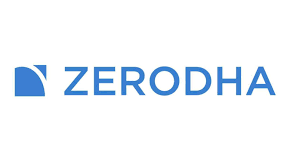In a remarkable debut, Flipkart’s unified payments interface (UPI) handle, launched in March, has already facilitated over five million transactions amounting to Rs. 200 crore within the month.
Before the official launch, the @fkaxis handle underwent testing among a limited user base to ensure stability, in adherence to National Payments Corporation of India (NPCI) regulations.
While Flipkart did not disclose the exact number of users adopting its UPI handles, it initiated minor rewards to incentivize usage. However, it remains unclear if these incentives drove the platform’s initial success. Once users register for the Flipkart handle, it’s prominently displayed on the checkout page, facilitating future transactions.
Comparatively, other fintech apps like Mobikwik, Groww, and Jupiter witnessed fewer transactions despite having UPI products for an extended period. For instance, Mobikwik recorded around eight million transactions in March.
Flipkart’s potential dominance in UPI usage, especially among tier 2 cities and rural areas, is anticipated due to its widespread user base of 500 million and daily order volume of five million.
With UPI being the primary digital payments platform in India, Flipkart’s decision to launch its UPI service aligns with its goal of offering seamless payment solutions within its ecosystem.
Unlike other payment apps, Flipkart primarily aims to fulfill in-house UPI payment requirements rather than becoming a standalone payments company. This strategic move seeks to minimize payment failures and enhance user experience within the Flipkart platform.
Flipkart’s foray into UPI marks a significant development in India’s digital payments landscape, especially amidst concerns regarding market concentration among existing players like PhonePe and Google Pay.


